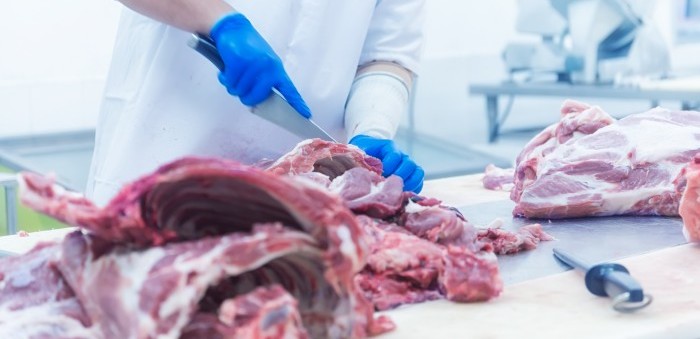Alistair Driver explains why the SPP is under review
The current price situation has put the spotlight on how pig prices are set and reported in the UK. At the heart of this discussion is the Standard Pig Price (SPP). The SPP, which, as the name suggests, is a weekly measure of standard pig prices but not ‘premium’ prices, works both ways for UK pig producers.
It tends to avoid the extreme price swings often seen in Europe but, at times like these, can be frustratingly slow to respond to market forces. It is often used to set prices but, according to the NPA, is not an accurate measure.
“My concern from information I have been gathering is the amount of money that never gets into the SPP, largely from retrospective payments and other hidden bonuses. This keeps it artificially low,” NPA chief executive Zoe Davies said.
Another element of the SPP that is ‘tough to stomach’, according to chairman Richard Lister, is that when pigs are rolled by processors, they will often incur big penalties for overweight, for example £75/ pig – and these lower prices are fed into the SPP. “That shouldn’t be reflected in a standard reference price,” he said.
“Processors called for change on how the SPP is calculated and that change seems to be very much in their favour. They are feeding the price in – I would be interested in the auditing of this price reporting.”
Another contributing factor is that with most pigs on some kind of contract and very few traded on the spot market, the SPP is even more stagnant than in the past.
The NPA, which has also called on Defra to consider the introduction of a pig supply chain Code of Conduct to ensure greater transparency, has held preliminary discussions with AHDB about possible changes to the SPP.
AHDB analyst Duncan Wyatt said, while there are no formal figures, his understanding was that a ‘significant’ proportion of pig contracts included written reference to the SPP, either fully or in part. “In the definition of the SPP, it is described as not intended for use in contracts, but in the absence of a different preferred price, I understand why it gets used,” he said.
He agreed this causes ‘some inertia’ in the SPP, preventing it from reacting to sudden market changes. “At times like this, of course, it can be frustrating for some, but others see it as a benefit.
“Often commodity markets have more volatile spot markets which can be used to generate reference prices – then it’s up to participants to decide how much they want to be exposed to those volatile prices. That’s not the case here,” he added.
“I’ve had a few conversations about the relevance of the SPP recently, and, on balance, my view is that it does what it is supposed to do, which is give an indication of the prices at which pigs have traded nationally.
In that sense, it is a reported average price rather than say, an achievable market price.
“That is not to say that AHDB couldn’t offer something else in addition that people might also find relevant, but that would need to be guided by industry. I’m open to ideas, and am considering one or two.”
Dr Davies said the NPA was very keen to look, with AHDB, at whether SPP can be improved as the main reference point for UK pig prices. She highlighted some areas to be explored.
“We’ve suggested that AHDB produces what I’m loosely calling the Q-box price, which cuts out all the underweights and overweights, tackling the rolled pigs effect, and just reflects the price paid for a standard pig, similar to the SQQ price already used for sheep,” she said. “There have also been calls for them to produce a premium price, too.”
How is the SPP calculated?
- Launched in July 2014, it is a voluntary survey of pig abattoirs which provide their weekly kill data including weight, probe, sex and price;
- Only ‘standard pigs’ are included, on which no explicit premium is paid other than weight and grade.
- Pigs on which premiums exist, for example on certain production systems, are included in the All Pig Price;
- Prices reported on a Wednesday are the average prices paid by abattoirs during the previous week (Mon-Sun);
- The SPP is based on individual pig data that includes the gross price before deductions (such as transport, insurance and levies) and weekly payments for overnight delivery and procurement.




